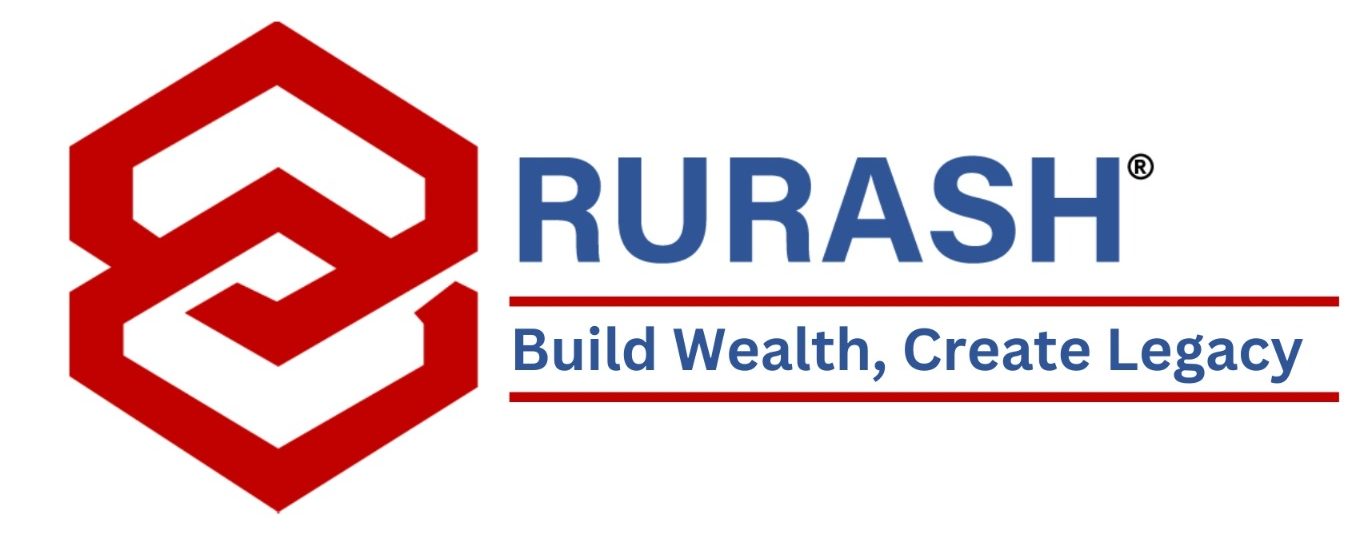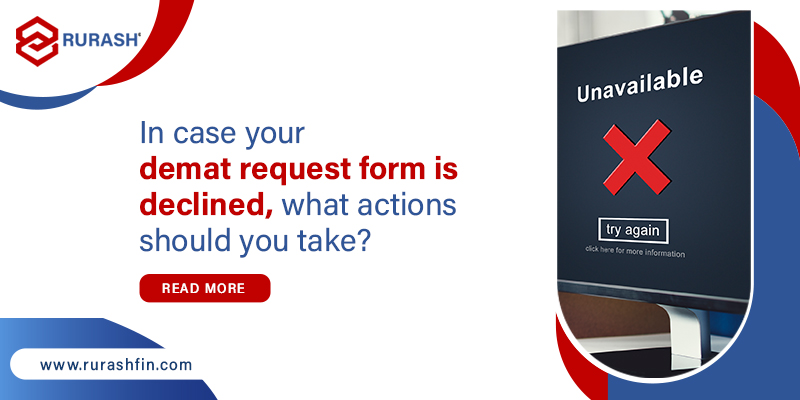The world of investments has witnessed a surge in popularity, with numerous new Initial Public Offerings (IPOs) flooding the market. Amidst this frenzy, the dematerialization of physical shares has become a crucial step for investors looking to capitalize on opportunities.
However, encountering a rejection of the demat request form (DRF) can be disheartening, potentially resulting in missed chances and financial setbacks. In such situations, swift and informed actions are imperative to mitigate further losses.
What is a Demat Request Form (DRF)?
A Demat request form or DRF is a document used to request the dematerialization of physical securities into electronic form for ease of trading and ownership.
It typically includes details such as the investor’s name, account number, securities to be dematerialized, and other relevant information required by the depository participant. The form serves as a formal request to convert physical certificates into digital entries, facilitating smoother and more efficient transactions in the stock market.
Who rejects the Demat Request Form (DRF)?
Your DRF undergoes two inspections: first by the DP and then by the Registrar. Rejections may occur at either level. Understanding the reasons for rejection at each level is essential for taking appropriate actions.
How to Submit a Demat Request Form?
➡️ The DRF, along with the physical certificates of ownership of the holdings, must be presented to the DP once completed.
➡️ The DP double-checks all of your information and sends the demat request form to the relevant firm or its Registrar and Transfer (R&T) agency. (A Registrar and Transfer Agent is an official who is responsible for keeping track of all shareowners and the transfer of the firm’s shareholdings)
➡️ Your DP will assign you a demat request number, or DRN, once it has confirmed your form. This DRN is required for any further communications on the problem and must be properly kept.
➡️ When the issuer company’s R&T agent receives the demat request form, they double-check it before sending it to the appropriate depository, whether CDSL or NSDL.
What Should You Do If Your Demat Request Form (DRF) Gets Rejected By DP?
Investors holding physical share certificates need to dematerialize them before selling, as per SEBI regulations. The demat process involves submitting the DRF along with physical share certificates to the depository participant (DP). The DP acts as the first level of scrutiny, ensuring the form is complete before forwarding it to the registrar.
Here are the common reasons for DRF rejection by the DP along with their remedies:
- Unique DRF for Each Certificate: Each share certificate requires a unique DRF. Failure to submit a separate form for each certificate can lead to rejection.
- Name Mismatch: If the names on the certificate and the DP account do not match, rejection is likely. Addressing this issue may involve legal affidavits or opening a new demat account.
- Mismatch in Share Numbers: Discrepancies in the number of shares between the certificate and the DRF, or differences in figures, can result in rejection. Investors need to rectify the error and resubmit the DRF.
- Signature Issues: Rejections may occur due to improper signatures or significant changes in signatures over time. Properly signing the form or submitting an attested affidavit may be required.
- Stop Issued on Certificates: If there is a stop on share certificates due to bank liens, statutory obligations, or court orders, resolving these issues and providing proof to the registrar is essential.
- Technical Mismatches: Rejections may happen if there are technical mismatches between the ISIN mentioned in the DRF and the ISIN in the master record with the RTA.
- Excess Dividend Payments: DRF rejections can occur if the registrar pays double or excess dividends to the investor. Rectification is possible once the excess payment is adjusted.
Why Does the Registrar Reject the DRF, and How to Remedy It?
After the DP’s verification, it issues a demat request number (DRN). This DRN needs to be saved as it shall be required for subsequent procedures like follow-ups, complaints etc. The DRF is then sent to the registrar, who may reject it for various reasons:
- Exceeding Free Holding: If the shares in the DRF exceed the free holding in the investor’s name, submitting a modified DRF with the reduced number of shares to the registrar is necessary.
- Duplicate or Fake Certificates: If the registrar deems the share certificates as duplicate or fake, resolving the issue requires contacting the seller and rectifying the situation.
- Name Discrepancies: Technical name mismatches between the registrar’s master list and the DRF can lead to rejection. Explaining the difference and submitting a fresh DRF may be required.
- Signature Mismatch: Similar to DP rejections, signature mismatches can occur at the registrar level. Resolving this issue may involve proper signing or submitting an attested affidavit.
- Stop Issued on Certificates: Clearing issues leading to stop orders on certificates and providing proof to the registrar is necessary for the transfer to proceed.
- ISIN Discrepancies: Ensuring the ISIN mentioned in the DR matches the master record with the RTA prevents common rejection reasons.
How to Avoid Demat Account Rejections?
To minimize the risk of demat form rejections, investors can take proactive steps:
- Ensure you have tangible certificates to support your DRF.
- Consult the RTA for ISIN confirmation, and verify with the holding company to prevent duplicate ISIN issues.
- Address name mismatches by filing a legal document affirming the new username on the certificates.
- Match all KYC details with the information on the form, including permanent address, father’s name, and name order.
- Ensure that signatures match the specimen signature, especially after a significant period. Seek magistrate approval for substantial signature changes.
Encountering a demat from rejection can be a setback, but understanding the reasons and taking prompt corrective actions can ensure a smoother process. By following best practices and being diligent in the submission process, investors can minimize the risk of rejections and navigate the complexities of the dematerialization process more effectively. Remember, attention to detail and adherence to guidelines play a pivotal role in the seamless transition from physical to electronic shareholdings.
Secure your investments, and eliminate risks! Switch to a Demat account with the help of Rurash Financials now. Safeguard your shares from loss, damage, and fraud. Make the smart move towards a secure and digital future for your investments.

